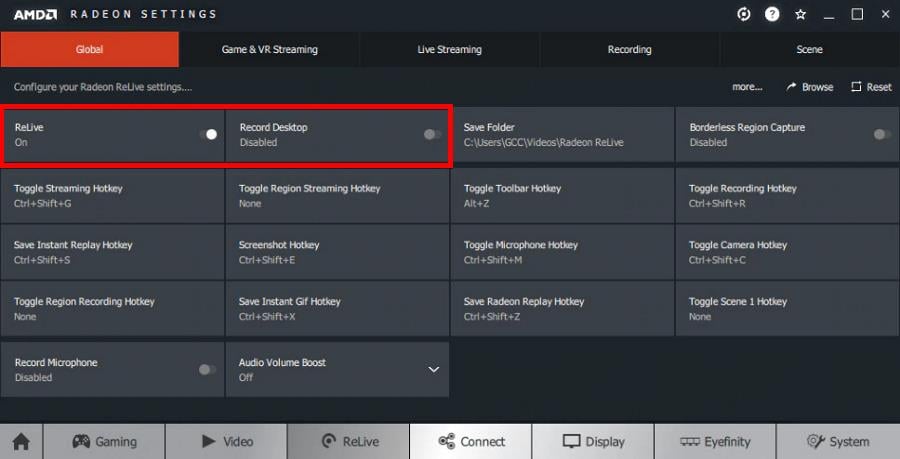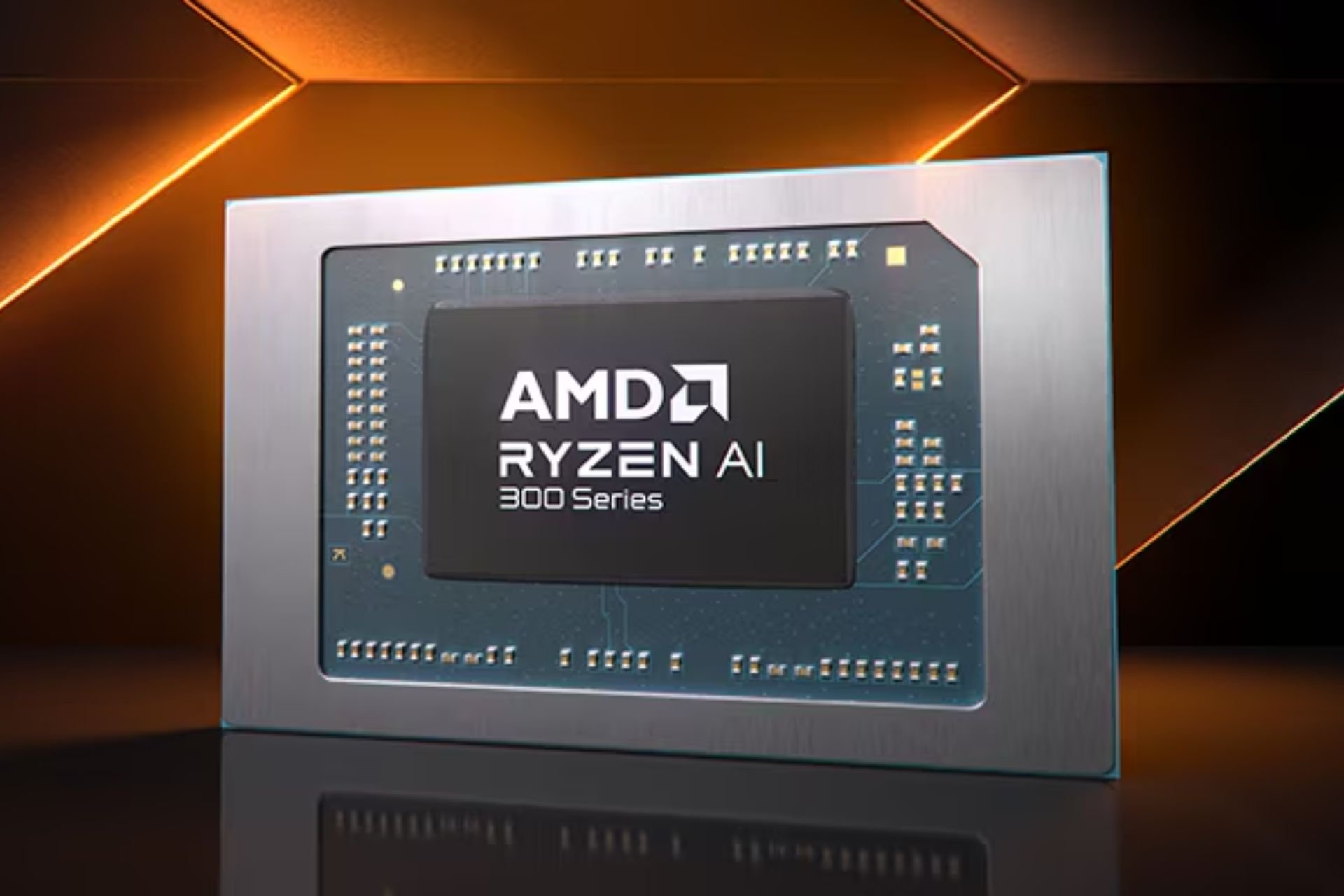Fix: Radeon Host Service has High GPU Usage
Reduce the amount of resources used to improve hardware performance
3 min. read
Updated on

The service called Radeon Host Service has been seen taking heaps of GPU resources. If this happens, you’ll need to act fast and fix your GPU memory to protect your hardware.
High GPU usage is usually do to intense usage by one or more apps, incorrect settings or an old or corrupted graphics card driver.
The first things you can try are to reinstall the problematic game or the AMD Radeon Settings app. You may also lower the game’s graphics settings. If that doesn’t work, try the solutions below.
How can I free up GPU resources from Radeon Host Service?
1. Disable ReLive and Record Desktop
- Open the AMD Radeon Settings app and select the ReLive tab.

- In the following window, click the Global tab.

- Click the toggle switches next to ReLive and Record Desktop to turn both off.

2. Disable Instant Replay and more on AMD Software: Adrenaline Edition
- If you use AMD Software: Adrenaline Edition, open it and click the gear icon in the top right corner.
- Click the General tab.

- Under the Media section, click the toggle switch next to Instant Replay and Instant GIF to turn it off.

- Under the Recording section, disable Record Desktop, Show Indicator, and Borderless Region Capture.

3. Change Windows Power Plan
- Open the Control Panel and select Power Options. If you don’t see it, make sure View By is set to Large icons.

- Select either Balanced (recommended) or the High performance power plan, although it’s recommended that you select the latter.

4. Fix drivers with AMD Cleanup Utility
- Go to the AMD Cleanup Utility page and select AMD Cleanup Utility for Windows to download the software automatically.

- Go to the file’s location and double-click it to run it.
- A small window will appear asking if you want to restart your Windows computer in safe mode. It’s highly recommended that you select Yes.

- Click OK on the following prompt to continue with the cleanup. It explains what the process will entail.

- When finished, a window appears telling you the process has been completed. Click Finish, then Yes to reboot your system and complete the process.
5. Roll-back drivers
- Open the Device Manager.

- Expand Display adapters, right-click a graphics card, and select Properties.
- If available, go to the Driver tab and click the Roll Back Driver button.

Rolling back drivers should be considered to be a last-ditch effort. This will revert the drivers to an earlier version until AMD releases a fix.
What are other ways that I can take better care of my GPU?
There’s a peculiar problem you should be aware of. Users have complained of their GPU fans spinning and then suddenly stopping repeatedly. This is usually because the RAM battery needs replacing.
You can also try updating the GPU driver. We recommend learning what to do if the Device Manager doesn’t recognize your AMD graphics card. You may have to install drivers in Compatibility Mode.
Feel free to comment below if you have questions about addressing GPU problems. Also, leave comments about guides you want or information on other hardware problems.








User forum
0 messages